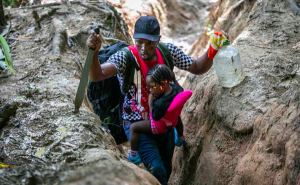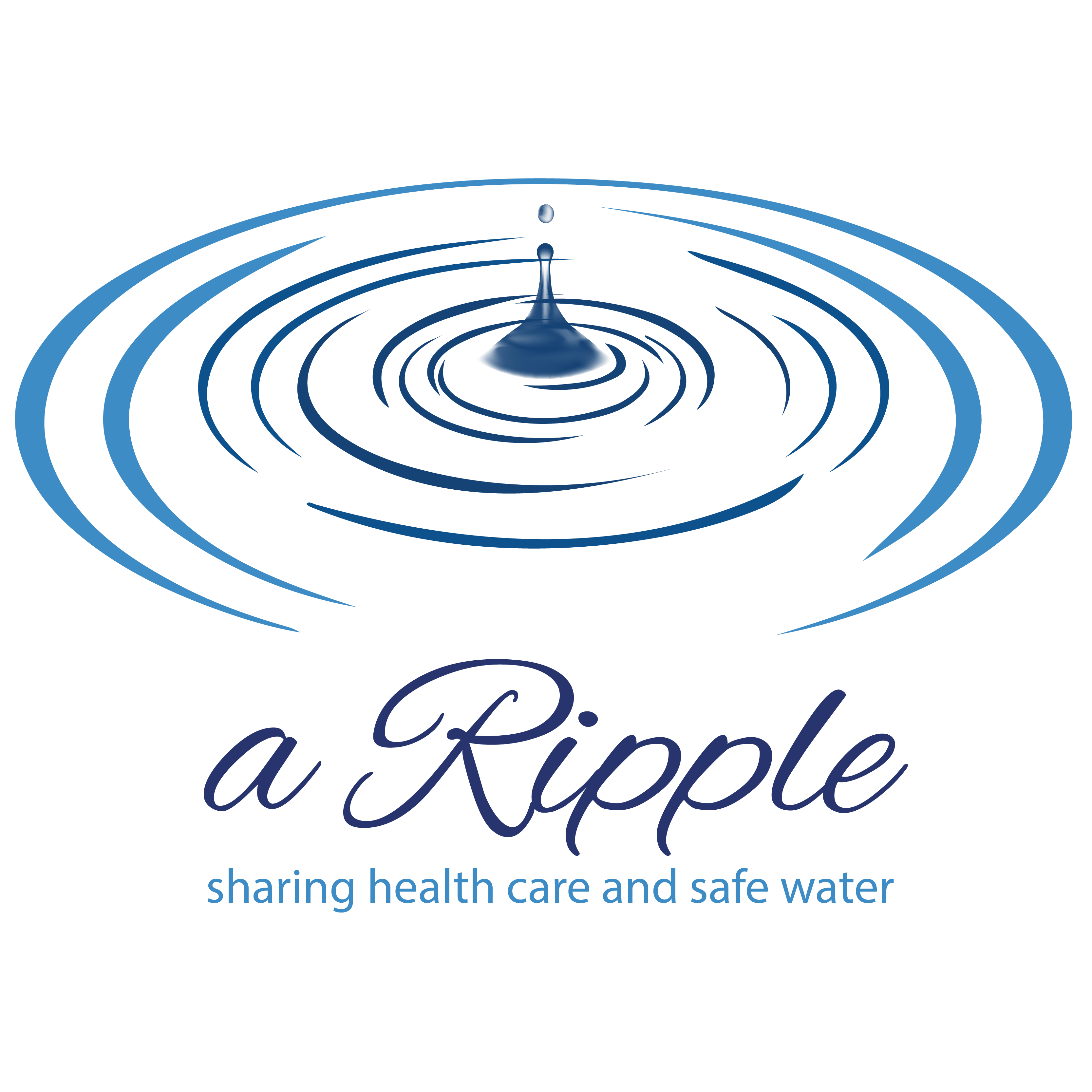The Gap



The Darien Gap. The thick jungle that separates continents and human rights. Only 66 miles of one of the wettest places on earth, but also the “funnel” where the most vulnerable pass through escaping hardship, crime, and war.
From the northern tip of Colombia in South America to the southern tip of Panama in Central America, this dangerous jungle exists. This short 106 kilometers of wetlands and mountains is the only area where one can’t drive from Alaska to Argentina. In over 19,000 miles of the Pan American Highway from north to south, this is the only area without a road.
Thousands of Venezuelans, Cubans, Haitians, and Ecuadorians, to Chinese, Afghans, Cameroonians, Bangles, Indians,…all try to cross this great jungle on foot in search of a better life. This dense jungle is home to jaguars, venomous snakes and frogs, crocodiles, and indigenous tribes. But it also has organized crime of human traffickers who rob, rape, and kill. It’s a very dangerous place.
In 2022, an estimated 250,000 migrants passed through this jungle. This year of 2023, that previous record was broken in August, and human right agencies are estimating an astounding 450,000 migrants and refugees will try and cross. Many will encounter criminal groups, sexual assaults, dangerous animals, high temperatures, many rivers to cross, lack of water and food, no communication, dehydration, insect bites, and wounds on feet and legs from the very difficult terrain. Some will not make it out alive.
As stated in Article 14 of the Universal Declaration of Human Rights, everyone has the right to seek asylum in other countries from persecution.
Like it or not, they exist. Here in the Darien province of Panama, thousands of migrants are trying to walk through the thick and dangerous jungle in search of a better life. On a bumpy and dusty road we drove to one of the first “reception” areas after the Darien Gap where a chaotic scene unfolded. Crowded and confused, these desperate souls looked for some guidance, as local Panamanian vendors sell everything from food to shoes, while Panamanian security forces try to organize the newly arrived migrants onto buses. Literally thousands arrive every single day to this nondescript area called Lajas Blancas where the river meets the land. Migrants coming from Venezuela, Haiti, and Cuba might seem obvious, but they also make the trek from Bangladesh, Ecuador, India, China, Afghanistan, Nepal, Cameroon…The Panamanian authorities then charge these refugees for a bus ticket and send them as quickly as possible to their western border with Costa Rica. All day and night, Panamanian buses drive up and down the highway sending these refugees onto the next frontier, out of sight, out of mind. But there’s many who can’t afford this $20 bus ticket. Everyday, we would see the poorest of the poor walk out from Lajas Blancas onto the Pan-American Highway. Mostly Venezuelan families walking in the intense heat and humidity, the young and ill trying to keep up with the healthier leaders of the family. The desperation on their faces and in their voices is painful to experience.
Last year, over 250,000 humans came through the Darien Gap looking for a better future. This year, those numbers were surpassed in August, and authorities are expecting 450,000 migrants passing this jungle and these streets. After trekking through the dangerous Darien Gap, they now still have 6,000 kilometers and 6 countries to pass until they reach the US border. The vast majority of them will be denied entry. Like it or not, this exists. Like it or not, they exist.



